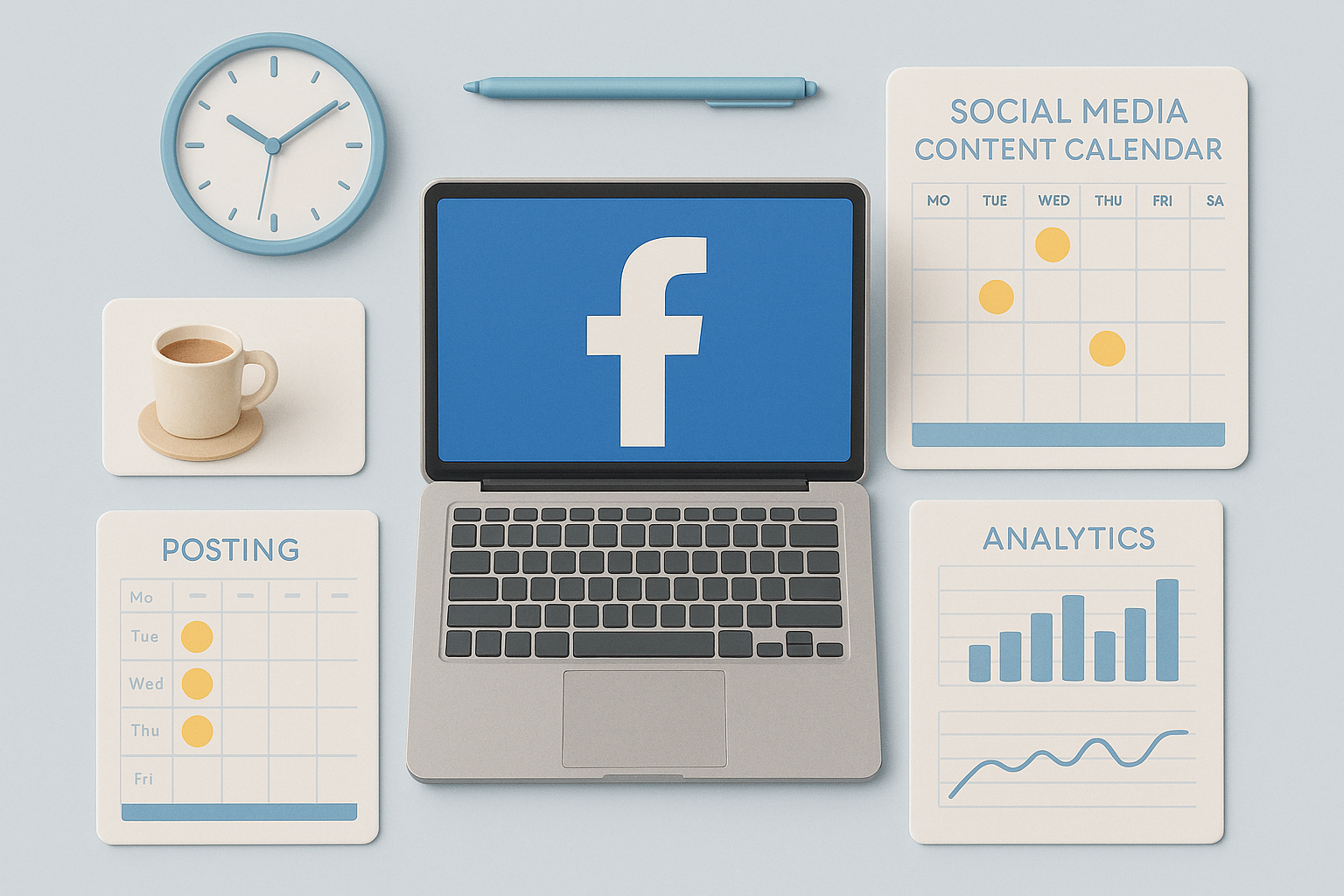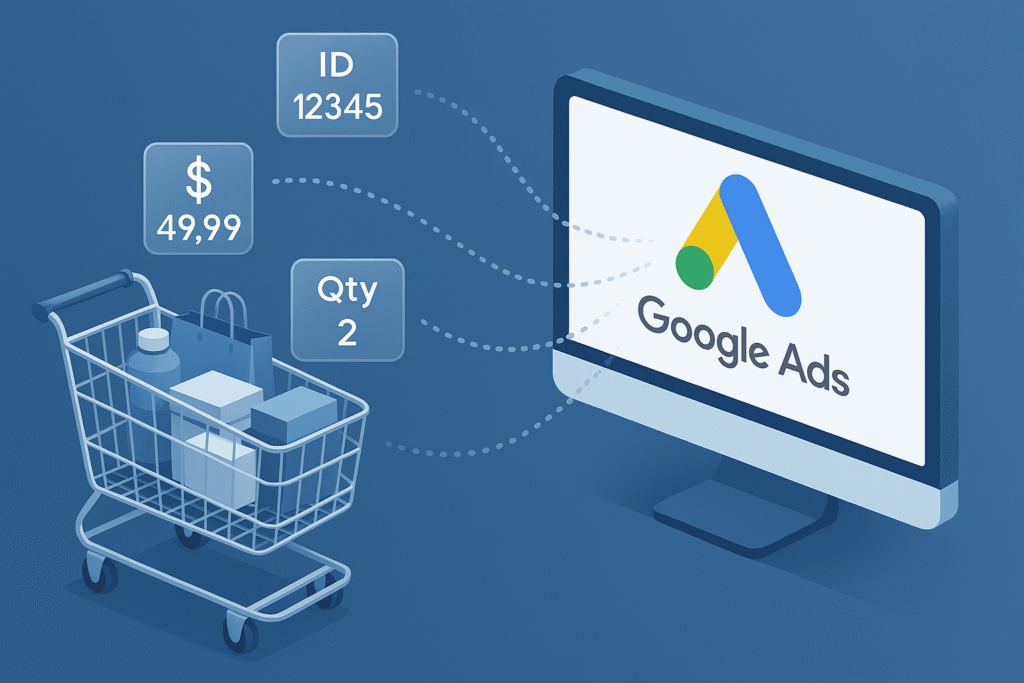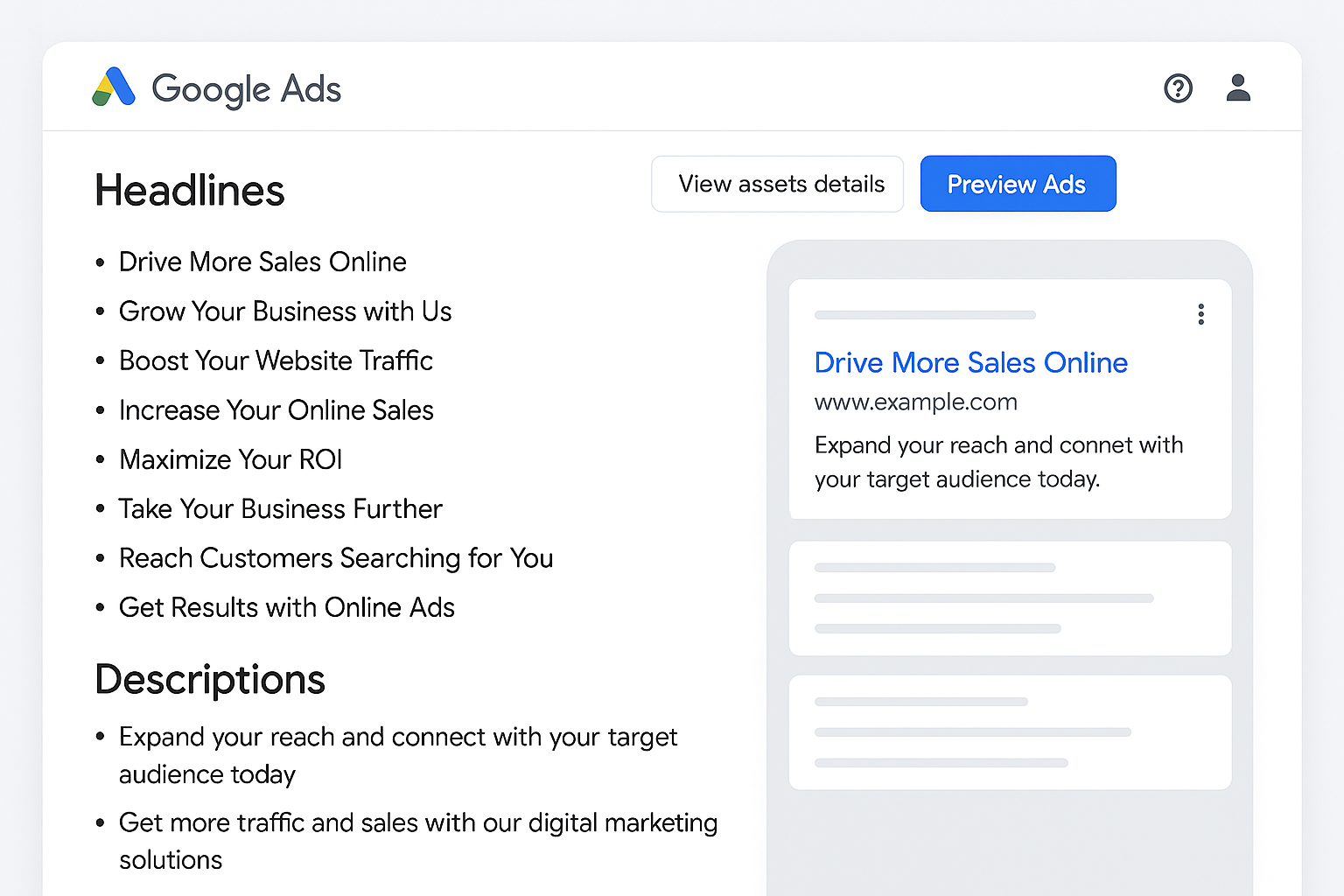Posting on Facebook at the right time can make a huge difference in how many people see and interact with your content. You might be sharing high-quality videos, photos, or links, but if your audience is not online when you post, your content might go unnoticed. This guide will help you understand the best time to post on Facebook in 2025.
With over 3 billion monthly users on Facebook, timing is everything if you want your posts to stand out and succeed. We’ll go over current trends, how the Facebook algorithm affects visibility, and ways to figure out the best schedule based on your business type and audience. Whether you’re a small business owner, digital marketer, or content creator, this is your blueprint for better engagement.
Want to stay ahead in SEO? Learn how to get your website into Google AI Overviews before your competitors do.
What Is the Best Time to Post on Facebook in 2025?
While there’s no one-size-fits-all answer, data shows certain hours of the day consistently see higher Facebook engagement. Based on research from major social media analytics platforms, the best times to post in general are:

- Weekdays (Monday to Friday) from 8 AM to 1 PM
- Peak hours fall between 8 AM to 12 PM, especially on Tuesdays, Wednesdays, and Thursdays
These are the windows when people are usually starting their workday, taking short breaks, or browsing on their lunch hour. On the other hand, engagement drops significantly on weekends, particularly Sundays, when many users are offline or spending time with family.
Here’s a rough breakdown by day:
- Monday: 9 AM – 12 PM
- Tuesday: 8 AM – 12 PM
- Wednesday: 8 AM – 11 AM and again at 3 PM
- Thursday: 8 AM – 12 PM
- Friday: 9 AM – 10 AM
- Saturday and Sunday: Lower engagement but can work depending on niche
Keep in mind these times are based on U.S. time zones. If your audience is international or from a specific region, adjust your schedule accordingly. Discover how Google AI Overviews are changing the way search works—and what your brand can do about it.
Why Timing Matters: The Facebook Algorithm
Facebook’s algorithm looks at when your content is published and how quickly people engage with it. If a post performs well soon after it’s published, the algorithm gives it a boost, showing it to more people. This is why timing your post to match your audience’s active hours matters so much.
The algorithm uses several signals to decide what shows up in feeds:
- Your audience’s past engagement with your page
- The type of content (photos, videos, links, etc.)
- The number of likes, shares, and comments the post gets
- How long people view your content, especially videos and Reels
If your followers are online and interacting with your post within the first hour, that engagement snowballs, helping your reach grow.
Best Times to Post by Industry
Every industry has its own rhythm. Knowing your audience’s habits helps you post smarter, not harder.
B2B (Business-to-Business): These audiences are active during regular work hours.
- Best Times: 9 AM – 2 PM, Tuesday to Thursday
- Worst Times: Evenings and weekends
B2C (Business-to-Consumer): Consumers scroll during lunch breaks, early mornings, or after work.
- Best Times: 7 AM – 9 AM, 11 AM – 1 PM, and 6 PM onwards
- Weekends can be effective for impulse-buy products
Retail: Shoppers check Facebook throughout the day.
- Best Times: 8 AM – 11 AM and 6 PM – 9 PM
- Best Days: Monday through Wednesday
Food & Beverage: People often browse menus or food pages before meals.
- Best Times: Around 10 AM (before lunch) and 5 PM (before dinner)
- Strong Days: Tuesday and Friday
Education: Schools, tutors, and online courses target students and parents.
- Best Times: 9 AM – 11 AM on weekdays
- Best Days: Wednesday and Thursday
- Avoid weekends
Non-Profit: Donations and awareness campaigns work best during mid-day hours.
- Best Times: 10 AM – 4 PM
- Best Days: Tuesday and Wednesday
Explore how Intuit’s AI Agents are making business automation smarter for mid-market companies.
How to Find the Best Time for Your Page
General advice is helpful, but your own data gives you the clearest answers. Here’s how to personalize your schedule:
1. Use Meta Business Suite Insights
Facebook’s free tool shows when your followers are most active.
- Go to Meta Business Suite
- Click on “Insights”
- Check the “Audience” tab for the top hours and days over the last 28 days
Look at the darkest times on the activity graph—those are your sweet spots.
2. Analyze Past Posts
See which posts performed best and when they were published.
- Use the “Content” tab in Insights
- Sort by reach, likes, or comments
- Look for patterns in timing and format
3. Test Different Times
Run A/B tests by posting similar content at different hours.
- Compare results weekly
- Adjust based on what gets better engagement
4. Automate With Tools
Tools like Buffer, Hootsuite, and Later help you schedule posts and suggest the best times based on past performance. These platforms save time and let you stay consistent. Remember when the web felt personal? Here’s why the old internet is dying, and what’s taking its place.
How Often Should You Post on Facebook?
Posting frequency matters just as much as timing. You don’t need to flood your audience’s feed. Instead, focus on quality.
A good rule of thumb is to post 3 to 5 times per week. This keeps your page active and gives the algorithm enough fresh content to work with. If you notice a drop in engagement, scale back or try different post types (like Reels or Stories).
Content Tips:
- Use eye-catching images and videos
- Ask questions to encourage comments
- Share stories or behind-the-scenes content
- Promote blogs, events, or products with clear calls-to-action
Build a Facebook Content Calendar
Planning helps you stay consistent and make the most of those key time slots.
Steps to create your content calendar:
- Choose 3–5 content themes (examples: tips, product features, customer stories, blogs)
- Assign each theme to a day of the week
- Schedule your posts using your best posting times
- Review and adjust based on performance
You can batch-create your posts weekly or monthly and use tools like Elementor’s marketing integrations or scheduling platforms to automate the process.
Final Thoughts:
Social media is always changing. What works today might not work next month. The best time to post on Facebook is to stay curious, test often, and listen to your audience. Keep an eye on your metrics, adjust your schedule as needed, and don’t be afraid to experiment.
By using smart data, timing your posts well, and staying consistent, you’ll give your content the best possible chance to reach more people and drive real results.
If you’re still following your 2019 playbook, ask yourself: Is your old digital strategy still working?





